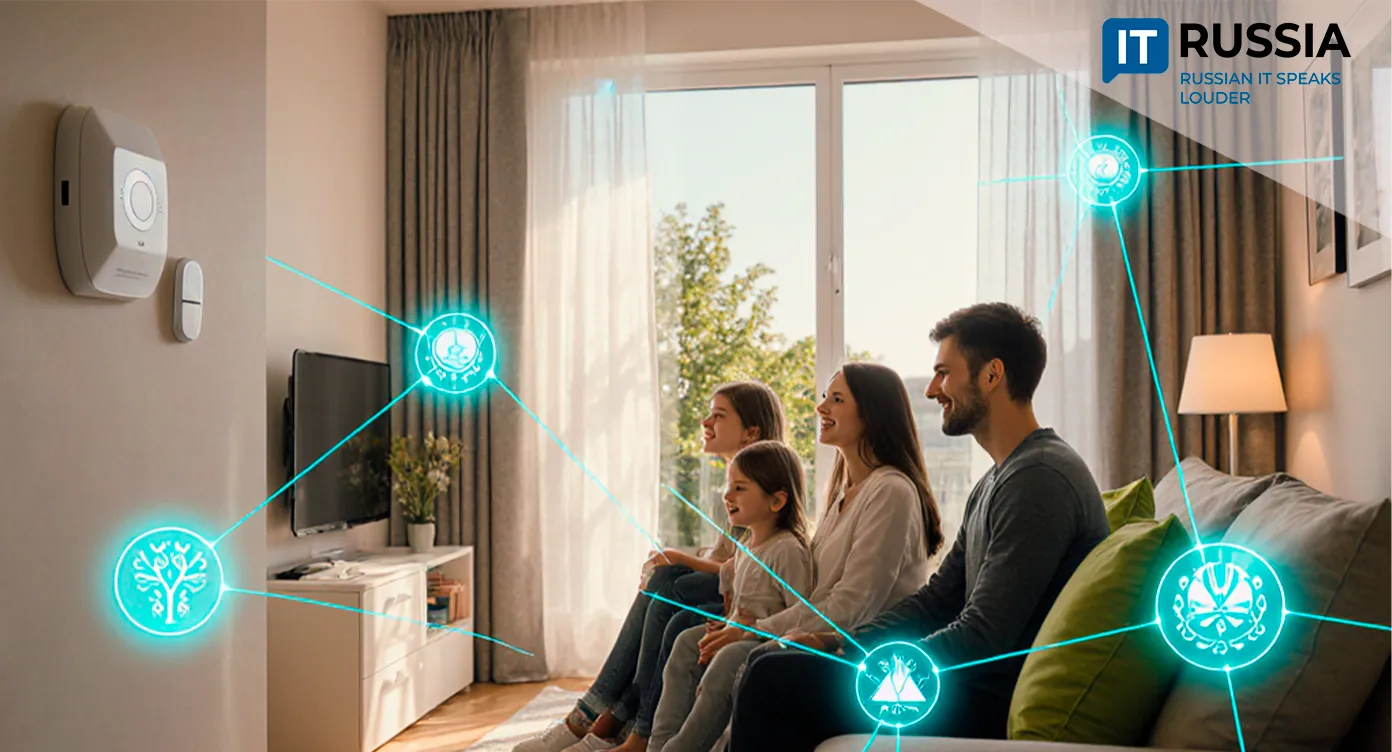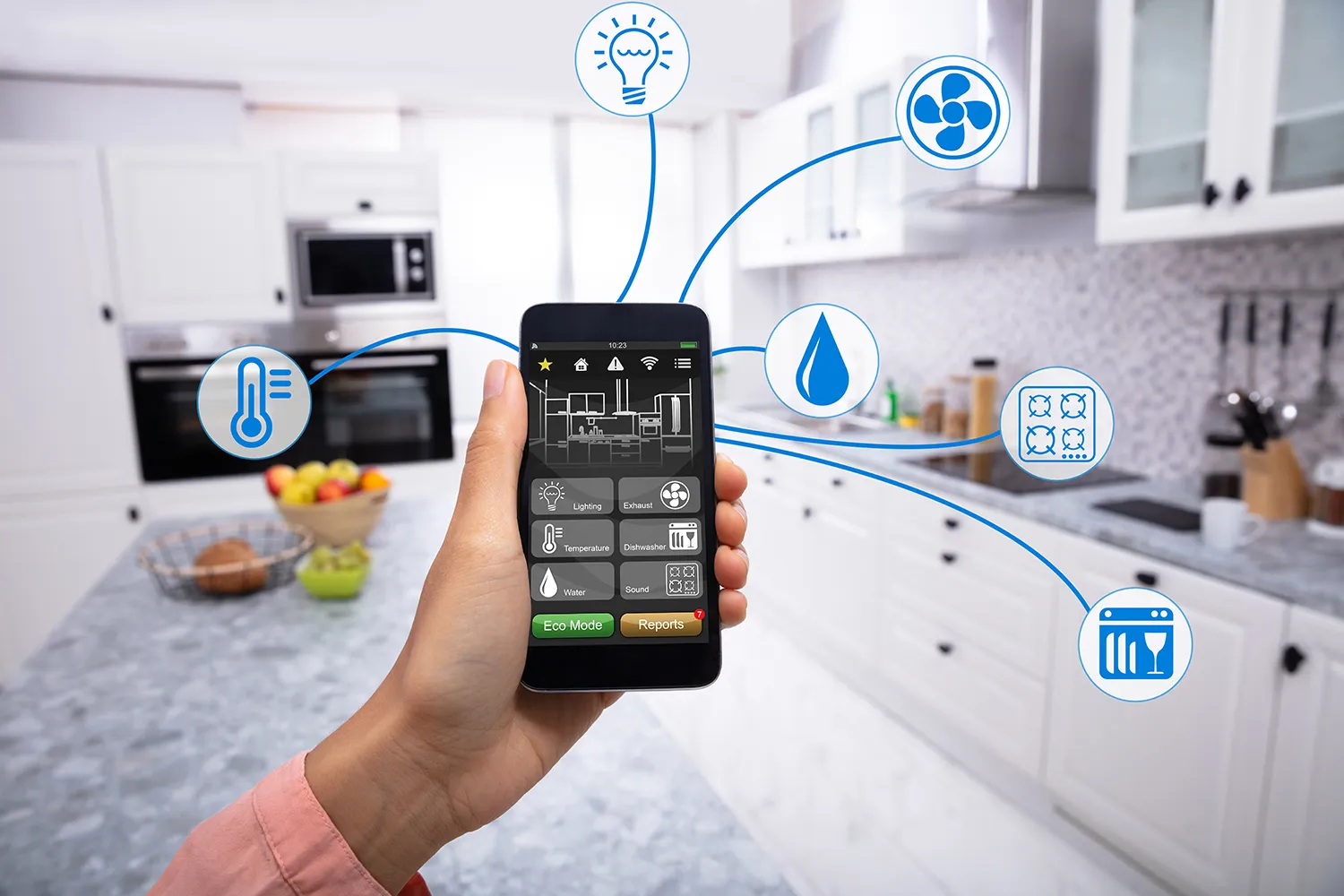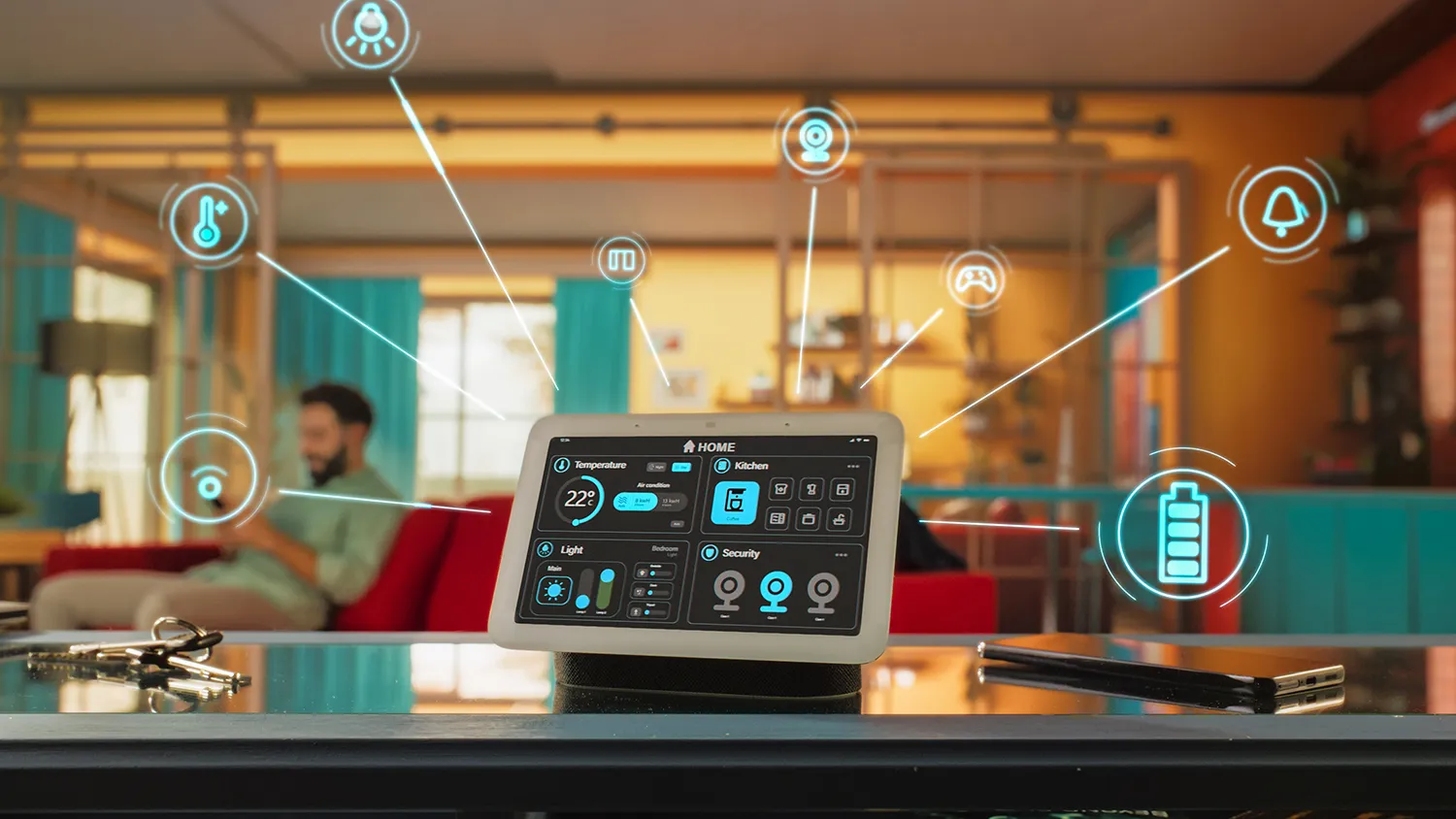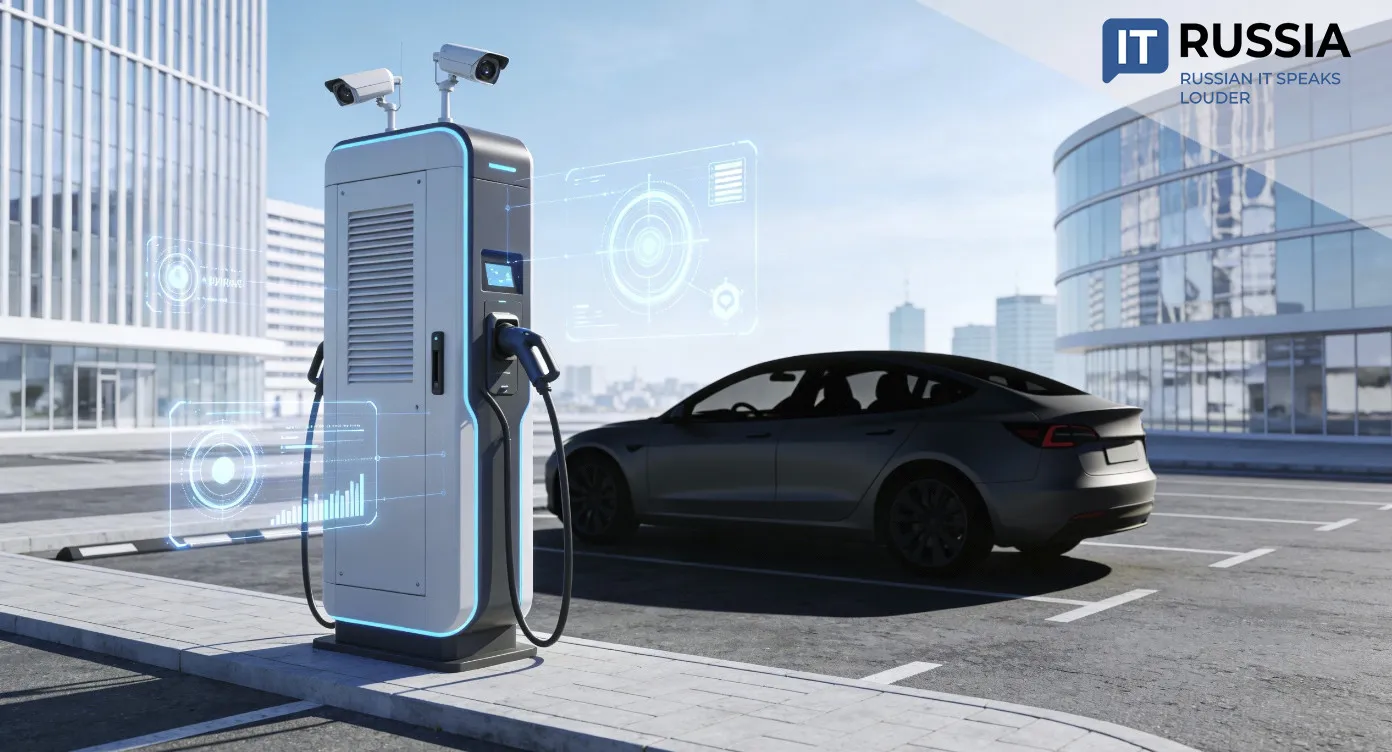Smart Homes Against Carbon: A Russian Experiment Proves Real Efficiency
Once dismissed as a luxury or a gimmick, smart home technology has shown its true potential in Russia—delivering measurable energy savings, reducing carbon emissions, and improving everyday quality of life.

Smarter Design, Tangible Results
Researchers from Yandex, together with the Center for Environmental Engineering and Research HPBS, selected a standard panel apartment (P-44T series) in Moscow, home to a family of four. They installed a basic kit of smart devices: a hub, sensors for temperature, humidity, movement, and light, smart bulbs, a thermostat, and a remote for the air conditioner.
The family did not change their lifestyle. They continued using appliances and resources as usual. The role of the gadgets was not to enforce behavioral change but to deliver savings automatically, in the background.

After several months of monitoring, the results were striking. Total energy consumption fell by 12%, leading to a proportional reduction in carbon dioxide emissions—a direct contribution to sustainability goals. Detailed breakdowns revealed even sharper improvements: heating consumption dropped by 14%, air conditioning by an impressive 58%, and lighting by 9%. These gains came solely from automation—lights switching off in empty rooms, climate systems maintaining optimal temperature without overuse. The savings also translated into smaller utility bills.
Smart Tech for Comfort
Energy savings tell only part of the story. Just as important was the improvement in quality of life. The study recorded better indoor climate, optimized lighting, and overall comfort, measured against global standards such as WELL, LEED, and BREEAM.

The findings confirm that smart homes are designed not to constrain residents but to empower them, creating healthier and more pleasant living spaces.
In North America and Europe, smart technologies are already widespread. Several years ago, the number of smart homes there exceeded 105 million. In the U.S., about 63% of households are equipped with smart thermostats, which independently regulate indoor temperature. The result is an average 10–20% reduction in heating energy use.
In Russia, one of the most popular systems is smart lighting—speakers, outlets, programmable switches, bulbs, and remote controls—which can reduce lighting costs by up to 15–20%.
Savings That Drive Sustainability
The smart home has matured into a practical, effective tool for resource conservation. In the coming years, it is expected to scale from individual apartments to entire neighborhoods, becoming a critical component of not just smart, but sustainable and ecological cities.

There are also export opportunities for Russian solutions. The technologies already developed are particularly well-suited to countries with similar climates and building types, such as the CIS and Eastern Europe. For Russian companies, this represents a chance to secure a niche in the rapidly growing global smart cities market.










































